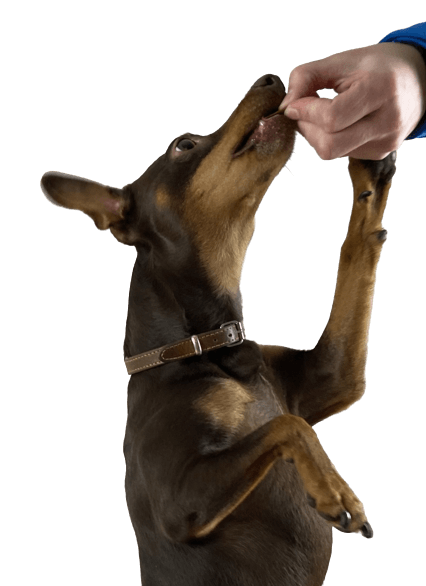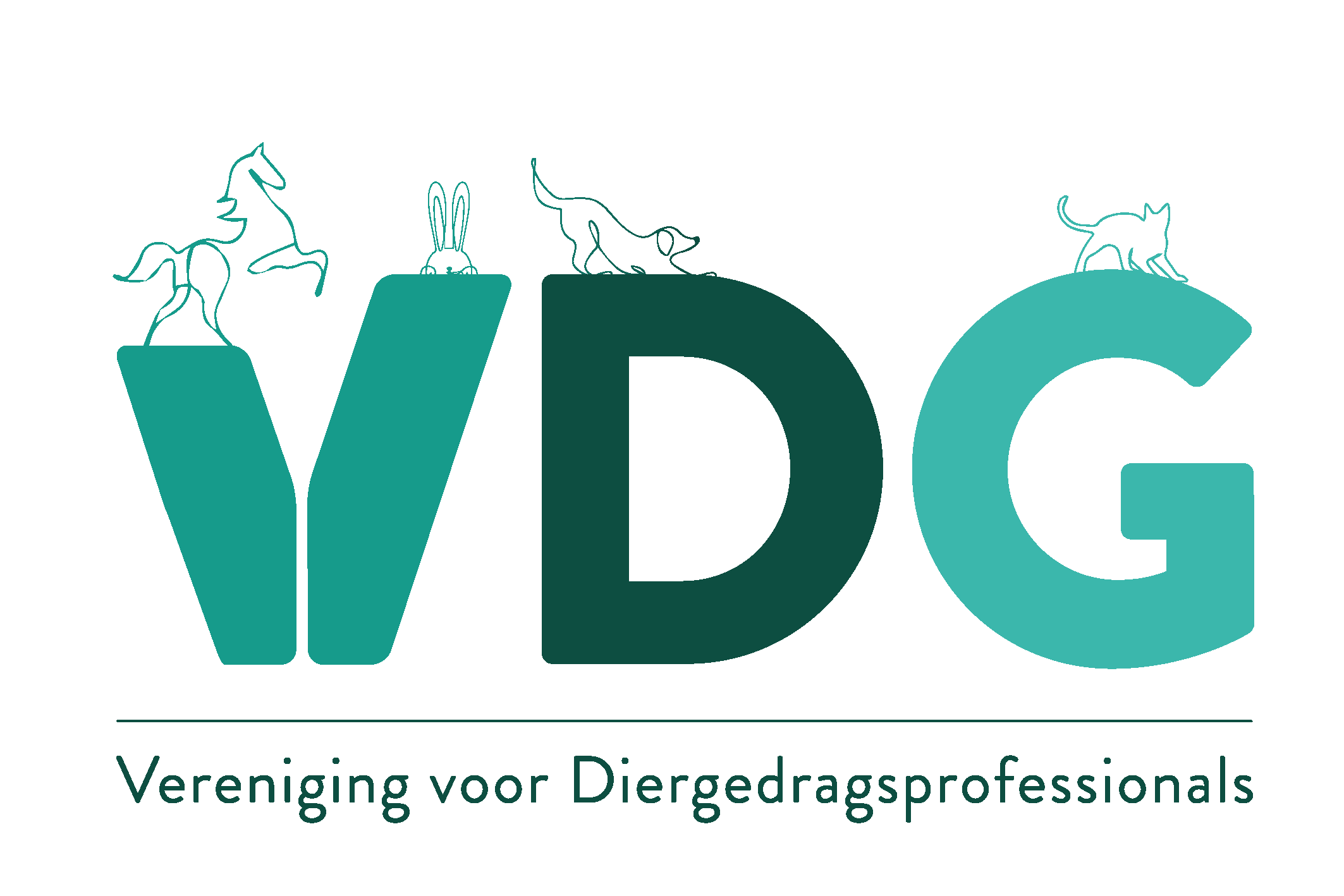Author: Evie Van Hove
My dog secludes itself: what does this behaviour mean and what can you do?
It can be worrying to notice that your dog is acting aloof. Dogs are social animals by nature, and changes in their behaviour can sometimes indicate underlying problems. In this blog, we will discuss why your dog might be secluding itself, what causes this might be, and what you can do if this behaviour persists.
The behaviour: what does seclusion mean?
When we talk about a dog that secludes itself, we usually mean a dog that withdraws from family members, seems less involved in daily activities, and spends more time alone. This can manifest itself in different forms, such as:
- Running away to a quiet place in the house.
- Not responding to calls or invitations to play.
- Less enthusiasm when seeing familiar people or other animals.
- Changes in sleeping and eating patterns.
Possible causes of seclusion
There are several reasons why a dog may become isolated. These causes can range from medical problems to emotional and environmental factors. Here are some common causes:
1. Medical Problems
Like humans, dogs can get sick or experience pain, which can lead to withdrawing behaviour. Some medical causes may include:
- Pain: Dogs in pain may seclude themselves to avoid discomfort.
- Infections or Diseases: Some conditions, such as infections or systemic diseases, can cause lethargy and withdrawal.
- Old age: Older dogs may suffer from joint problems or dementia, which affects their social behaviour.
2. Stress and anxiety
Dogs can also seclude themselves in response to stress or anxiety. This may be due to:
- Environmental changes: Moving house, new housemates, or even a change in daily schedule can cause stress.
- Trauma: A traumatic experience, such as an attack by another dog or a loud bang, can lead to anxious behaviour.
- Separation anxiety: Dogs that are anxious when left alone may withdraw if they miss their owner's presence.
3. Behavioural problems
Sometimes behavioural problems are the cause of isolation. This can range from inadequate socialisation to depression. Dogs, like humans, can show signs of depression, especially after major events such as the loss of a family member (human or animal).
"Sometimes behavioural problems are the cause of seclusion."
What can you do?
It is important to be alert to changes in your dog's behaviour and take action if you notice that your dog is isolating himself. Here are some steps you can take:
1. Observe and record
Keep a diary of your dog's behaviour. Note when and how often he isolates himself, as well as any other behavioural changes. This can provide useful information for a vet or behaviourist.
2. Visit the vet
A first step when identifying behavioural changes is to visit the vet. Medical problems should be ruled out first. The vet can also suggest further steps or treatments.
3. Consult a behavioural therapist
Once medical causes have been ruled out, a dog behaviour therapist can help identify the cause of the behaviour and draw up a treatment plan. Behaviour therapists are trained to deal with various behavioural problems and can teach techniques to help the dog feel comfortable again.
4. Create a Safe and Quiet Environment
Provide a quiet place where your dog feels safe. This can help reduce stress. Also, try to maintain a consistent daily routine to provide predictability and stability.
5. Positive reinforcement
Use positive reinforcement to reward good behaviour. This can help re-engage your dog in social interactions and activities.
Conclusion
A dog's isolation can be a sign of several underlying problems, ranging from medical conditions to stress and behavioural issues. It is crucial to pay attention to these signs and seek professional advice if the behaviour persists. By working together with a vet and a behavioural therapist, you can help improve your dog's quality of life and make him feel happy and safe again.
Evie Van Hove is PgD Clinical Animal Behaviour, certified puppy coach, dog trainer and behaviour coach. She has been business manager of Pettherapy.be since 2021.





